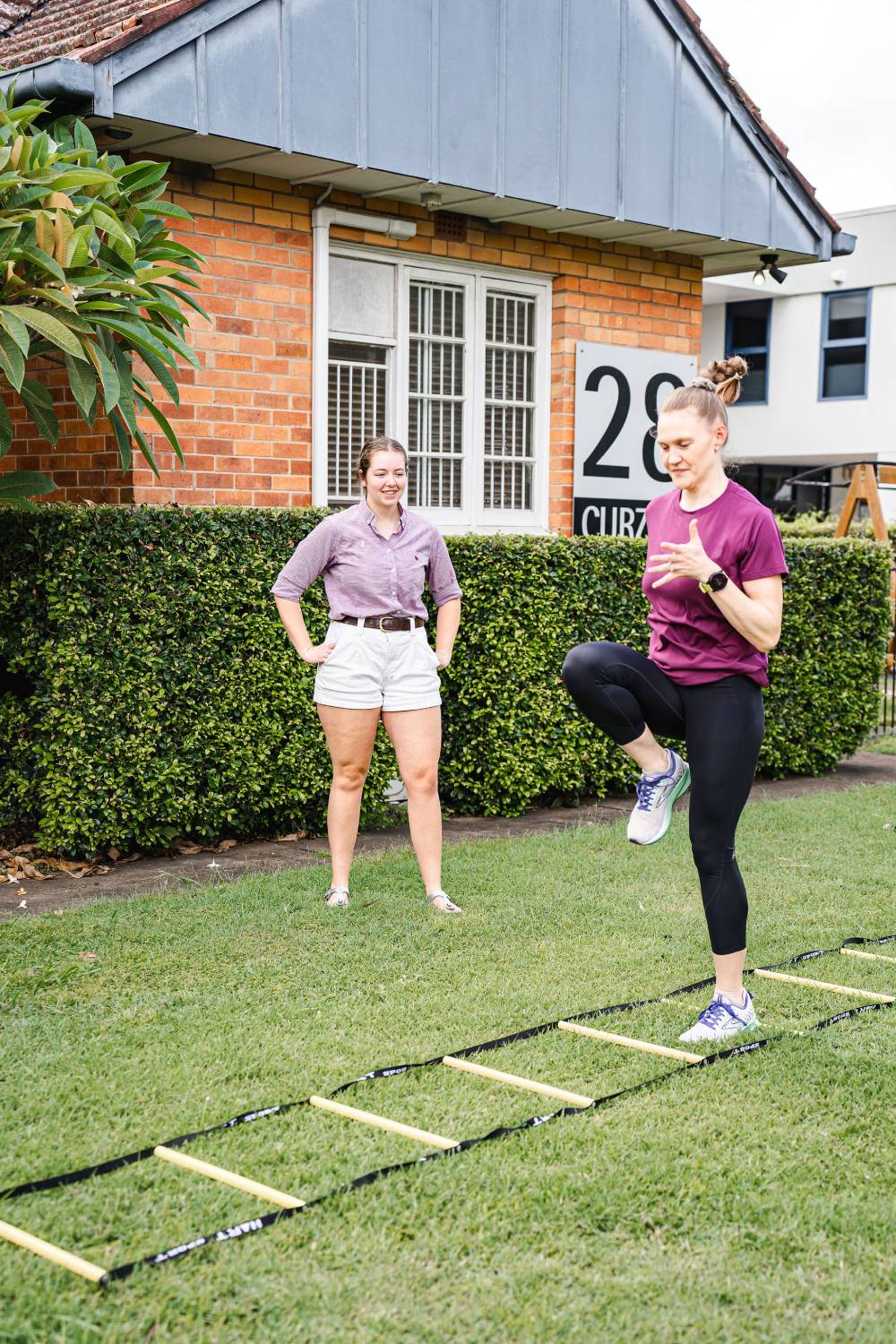Physiotherapy Column
At Barefoot Physiotherapy, we see runners every day—new to running, returning after injury, or preparing for their next big race. Whether you’re chasing a PB, jogging for headspace, or just enjoying a walk-run in your local Brisbane park, one thing is certain: running is a brilliant way to move—but it can also lead to injury.
If you’re looking for a trusted running physio in Brisbane, this guide is for you. Let’s dive into the most common running injuries, how they occur, and how our team helps you avoid them—so you can run stronger, for longer.
Running might seem simple, but it places high repetitive loads on the body. Many running injuries occur due to accumulative strain, not necessarily “overdoing it” in one session, but rather small imbalances or progressions that compound over time.
The main culprit? Poor load management.
This includes:
That’s where a running physio becomes your secret weapon. We assess your body, your training, and your goals to help you progress safely and efficiently.
Most running injuries affect the legs (although we do see other parts of the body flared up from running like the low back) due to their repetitive use and load. Here are some of the most common conditions we treat:
Hip Pain or Bursitis
Often related to tightness or weakness in the glutes or poor pelvic control during running.
Hamstring Tendinopathy or Muscle Tear
Typically felt high up under the glutes or mid-thigh, especially with speed or hills.
Knee Pain (Patellofemoral Pain)
Pain around or under the kneecap, often worsened by stairs, squatting, or downhill running.
Achilles Tendinopathy
Stiffness and soreness at the back of the ankle, especially first thing in the morning or during speed work.
Shin Splints
Pain along the inside or front of the shin—common when ramping up training too quickly.
Plantar Foot pain
Heel or arch pain, especially with your first steps in the morning or after long runs.

Whether you’re injured or want to prevent injuries before they start, here’s how we approach running physiotherapy at Barefoot:
Deloading the Area
We use hands-on techniques like joint mobilisation, massage, dry needling, nerve treatment, and taping. We may adjust your training load or suggest cross-training (bike, pool) to keep you moving while protecting your injury.
Improving Function
This phase focuses on mobility, motor control, and strength. We’ll guide you through rehab exercises, often starting simple and progressing to sport-specific drills.
Gradual Reloading
Once pain decreases and function improves, we work with you to design a graded return-to-run plan—so you rebuild your training safely and confidently.
Delayed Onset Muscle Soreness (DOMS) is a normal part of training, especially after a hard session or new stimulus. You might feel:
However, these are signs you should see a physio:
While injuries can’t always be prevented, there’s a lot we can do to reduce risk. Here’s how to stay strong and injury-free:
Manage Your Load Wisely
Incorporate Strength Training
Get a Physio Assessment—Before You’re in Pain
Our full-body assessments identify movement restrictions, strength deficits, or nerve sensitivity that can lead to running injuries. Even if you’re feeling good, having a physio in your corner can help keep it that way.
We’re more than just sports physios—we’re collaborators, coaches, and problem-solvers. Our holistic approach helps runners at all levels get back to running with confidence and joy.
At Barefoot, you’ll receive:
Whether you’re dealing with shin splints, prepping for a marathon, or just want to stay niggle-free—we’re here for it.
If you’re looking for an experienced and holistic running physio in Brisbane, look no further than Barefoot Physiotherapy.
Book your appointment online
Or call us on 1300 842 850 to speak with a member of our team
Let’s get you back on the track, trail, or treadmill—feeling stronger, faster, and pain-free.
AT BAREFOOT PHYSIOTHERAPY, WE’RE PROUD TO SERVE CLIENTS FROM ALL CORNERS OF AUSTRALIA WHO MAKE THE JOURNEY TO OUR CLINIC IN TENNYSON, BRISBANE.
Below is a list of nearby suburbs that many of our local clients come from. Whether you’re near or far, we’re dedicated to providing exceptional care tailored to your needs.